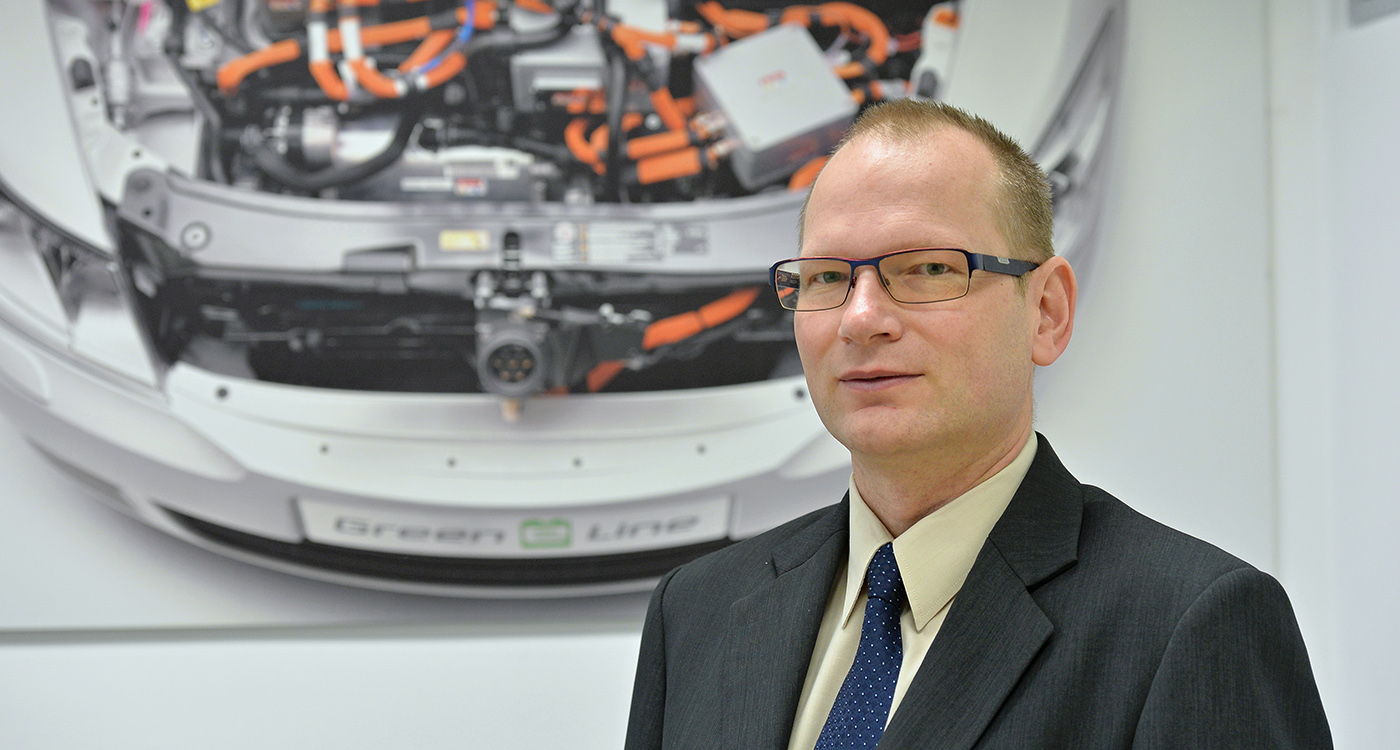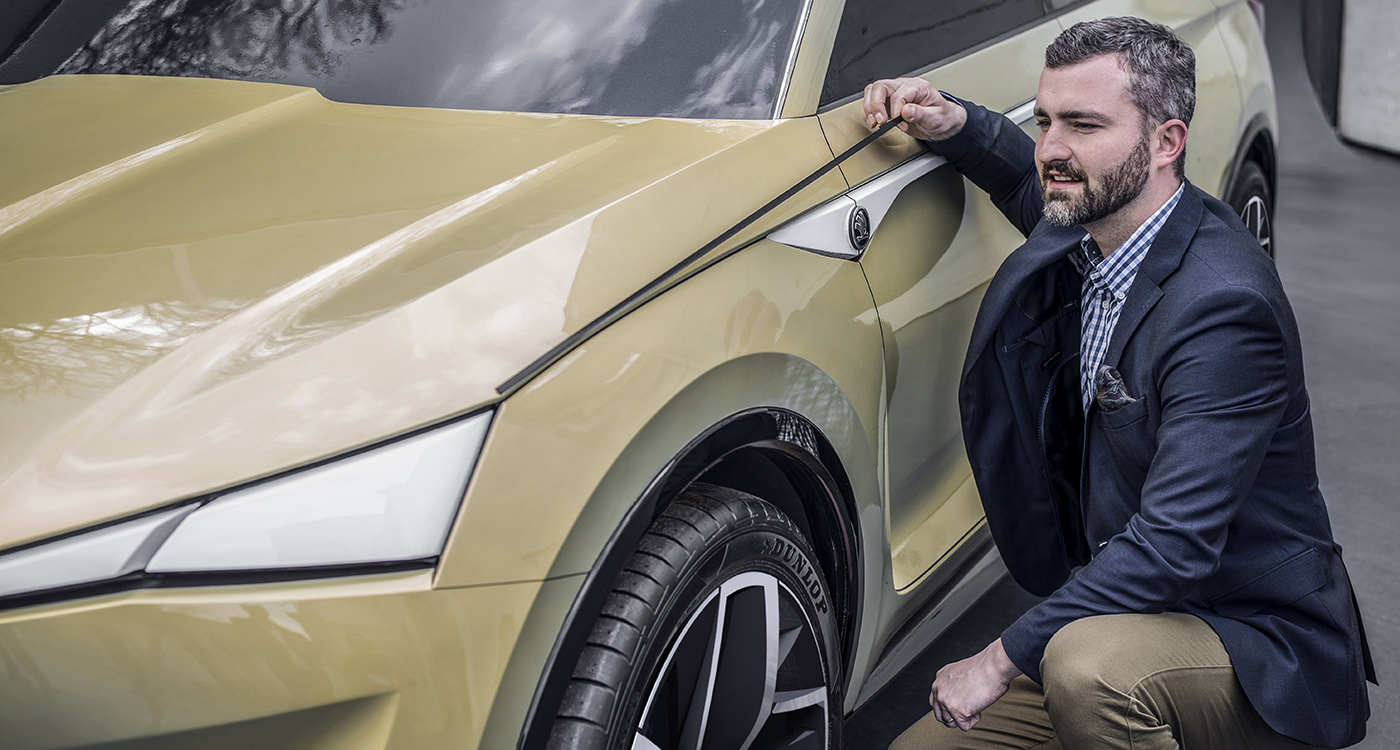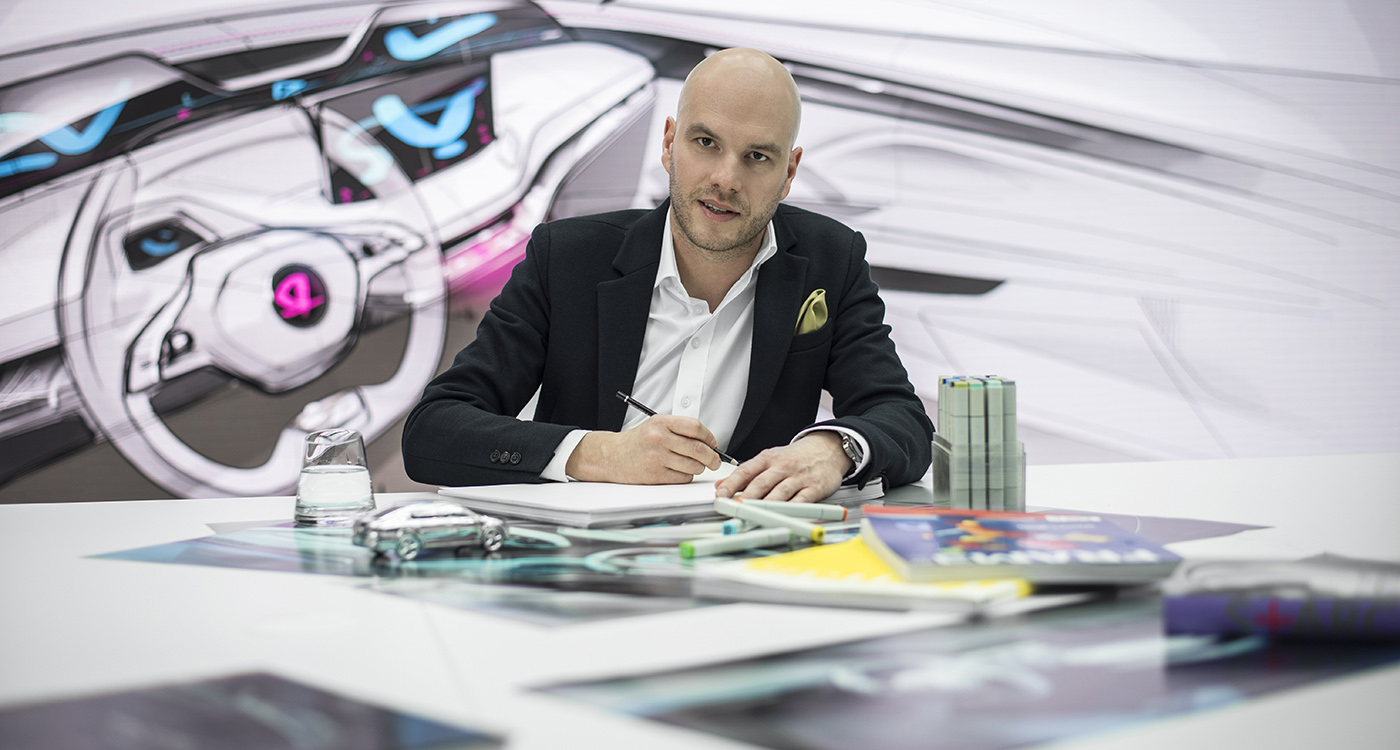Every design concept car is a unique product, a solitaire, so how to present it, how to let the whole world “lay its fingers” on it? The best bet is virtual reality, a tool that makes it possible to explore the whole vehicle as an in-depth experience. You can sit into it, take a ride and control all the devices in the comfort of your home, in your sitting room. We have chosen three virtual levels for the VISION E premiere. In Shanghai we are using the highest level, HTC VIVE - the user can admire the car’s design, check out its exterior and interior and take a short ride, too. In addition to this motor show, we hold smaller shows in a further 8 cities worldwide. Parallel to these activities, we have invited online influencers, i.e. popular youtubers and bloggers who can help us let the world know about our new showcar. We teamed up with our importers to select a hundred online opinion makers, and we sent them a package containing Google Daydream, a virtual reality set. Last but not least, we present the VISION E through a smartphone app that any user can download to explore the car using a 360° video.

























